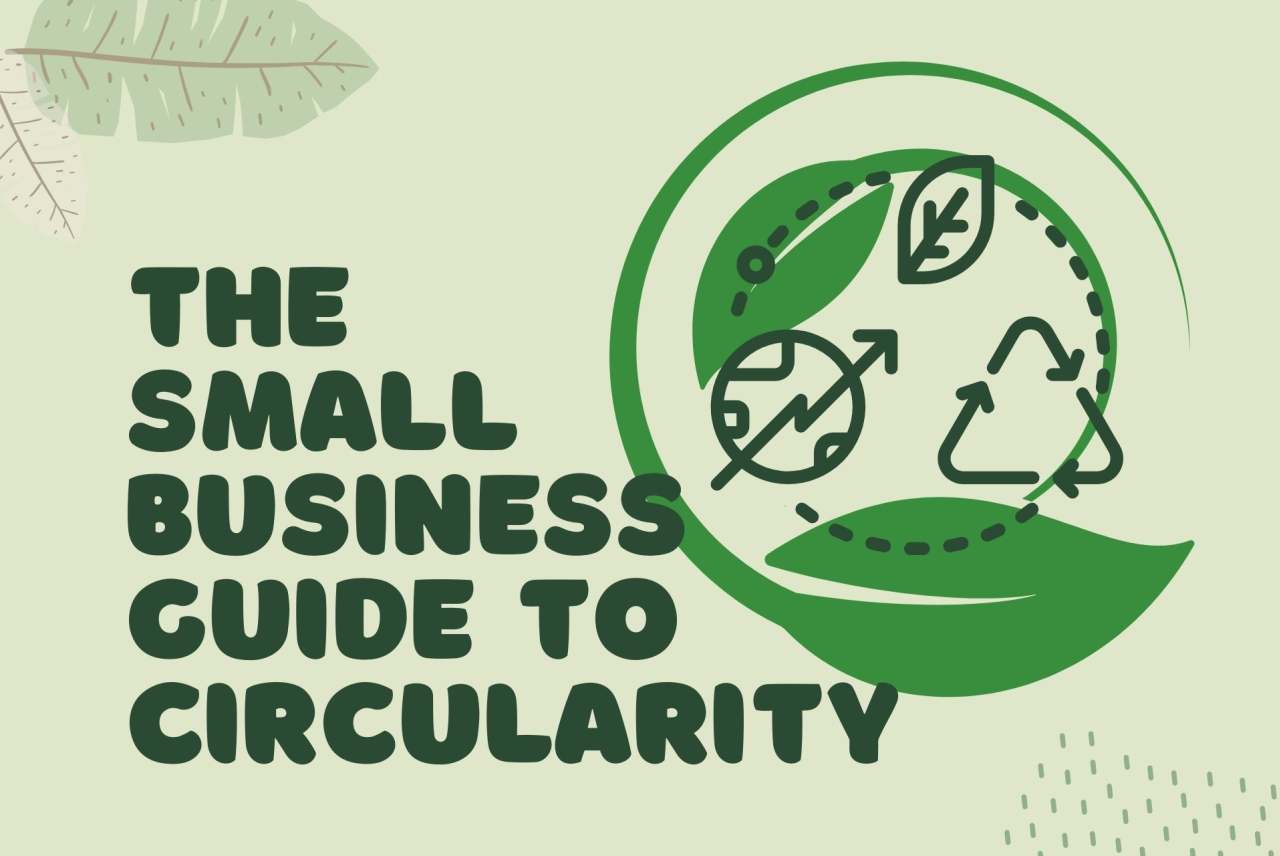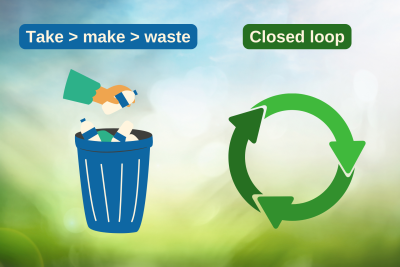What is the circular economy?
Firstly, circularity isn’t simply another buzzword that will pass within the next 18 months – it’s part of the long-term solution in the fight against climate change – and therefore needs to be incorporated into your overall business strategy.
When it comes to sustainability you may have heard of the three Rs: reduce, reuse, recycle. The circular economy seeks to incorporate these ideas into an economic system to dramatically reduce waste and promote the continual use of resources.
Unlike the traditional linear economy, which follows a "take > make > waste" model, the circular economy aims to create a “closed-loop” system where products, materials, and resources are continually reused, refurbished, re-manufactured, and recycled.
Key principles of a circular economy are:
- Design for longevity – items are made to be durable, reducing the need for frequent replacement
- Re-use and repair – extending a product’s life by keeping it in circulation for longer rather than being disposed of
- Recycling / upcycling – using existing valuable components to manufacture new products or transform an item into a new higher-value product
- Waste reduction / elimination – keeping materials within the economic system – either as products, components, or raw materials – instead of discarding them







